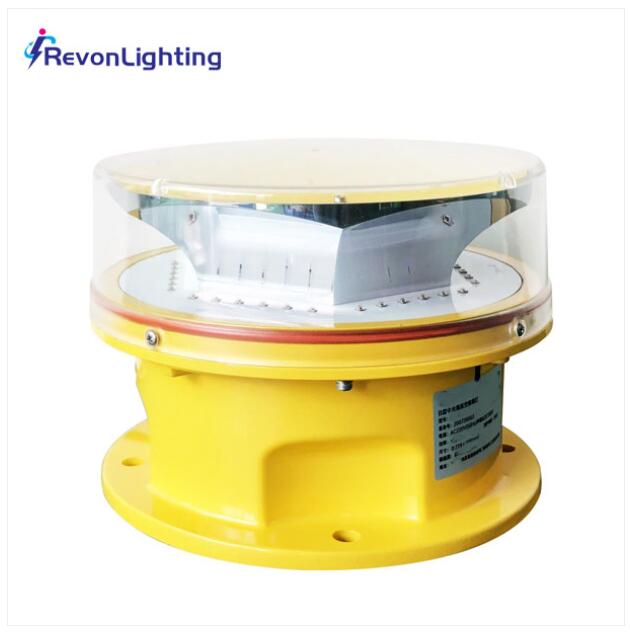In the world of aviation, safety is of paramount importance. Airports and airfields are equipped with various systems and devices to ensure the safe and efficient operation of aircraft. One critical component in aviation safety is the airfield obstruction lights. This article will explore the key features, benefits, and significance of airfield obstruction lights in enhancing aviation safety.
Key Features of Airfield Obstruction Lights
Airfield obstruction lights are high-intensity lights installed on structures and objects that pose a potential hazard to aircraft during takeoff, landing, or flight. These lights are typically red or white and use powerful LEDs to ensure maximum visibility. The lights emit a steady or flashing beam, depending on the specific requirements and regulations. The intensity and frequency of the lights are designed to be easily distinguishable by pilots, even in adverse weather conditions or low visibility situations.
Benefits of Airfield Obstruction Lights

Enhanced Visibility: The primary purpose of airfield obstruction lights is to enhance the visibility of potential obstacles for pilots. These lights ensure that structures such as buildings, cranes, towers, or wind turbines are clearly visible, allowing pilots to navigate safely around them. The high-intensity LEDs used in these lights provide excellent visibility during both daytime and nighttime operations.
Warning Signals: Airfield obstruction lights serve as warning signals for pilots, indicating the presence of obstacles in their flight path. By emitting a conspicuous and easily recognizable light signal, these lights help pilots adjust their flight paths to avoid potential collisions. This ensures safe and obstacle-free aircraft operations.
Compliance with Regulations: Aviation authorities, such as the Federal Aviation Administration (FAA) and the International Civil Aviation Organization (ICAO), have established guidelines and regulations for the installation and operation of airfield obstruction lights. Compliance with these regulations is crucial to maintaining uniformity and ensuring aviation safety worldwide.
Preventing Accidents: Airfield obstruction lights play a crucial role in preventing accidents and collisions between aircraft and structures. By providing a clear visual warning, pilots have ample time to adjust their flight paths, maintaining a safe distance from the structures and reducing the risk of accidents.
| Airfield Obstruction Light | low |
| medium intensity | |
| high intensity |
The Significance of Airfield Obstruction Lights
Airfield obstruction lights play a vital role in aviation safety by providing a clear visual warning of potential obstacles. They ensure that pilots are continuously informed about the presence of structures or objects that could pose a danger during takeoff, landing, or flight. These lights are particularly important during nighttime operations or in conditions of poor visibility, where visual cues are limited. The presence of airfield obstruction lights ensures that pilots can navigate safely, minimizing the risk of accidents and ensuring the overall safety of the aviation industry.
Conclusion
Airfield obstruction lights are indispensable in enhancing aviation safety by providing pilots with a clear visual warning of potential obstacles. With their high-intensity LEDs, distinct colors, and compliance with regulations, these lights significantly contribute to the prevention of accidents and the overall safety of airports and airfields. By ensuring enhanced visibility and acting as warning signals, airfield obstruction lights play a crucial role in creating safe skies for all.